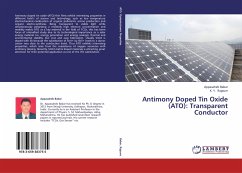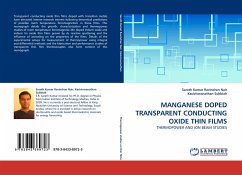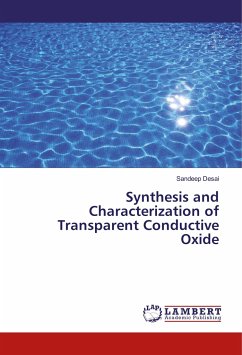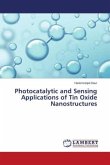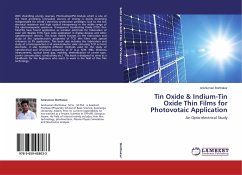Antimony doped tin oxide (ATO) thin films exhibit interesting properties in different field s of science and technology, such as low temperature electrochemical combustion of organic pollutants, ozone production and organic electro-synthesis. Being transparent to visible light while simultaneously possessing a relatively high electron concentration and mobility makes ATO as a key material in the field of TCOs, this has been focus of intensified study due to its technological importance as a solar energy material (i.e. energy generation and energy savings), thermal and environmental stability, low cost and easy fabrication. Usually SnO2 is doped with Sb because the substitution of Sn4+ by Sb5+ leads to a donor center very close to the conduction band. Thus ATO exhibits interesting properties, which arise from the coexistence of oxygen vacancies with antimony doping. Recently, SnO2 matrix doped materials is attracting great attention for their potential application as one of the ITO substitution.

